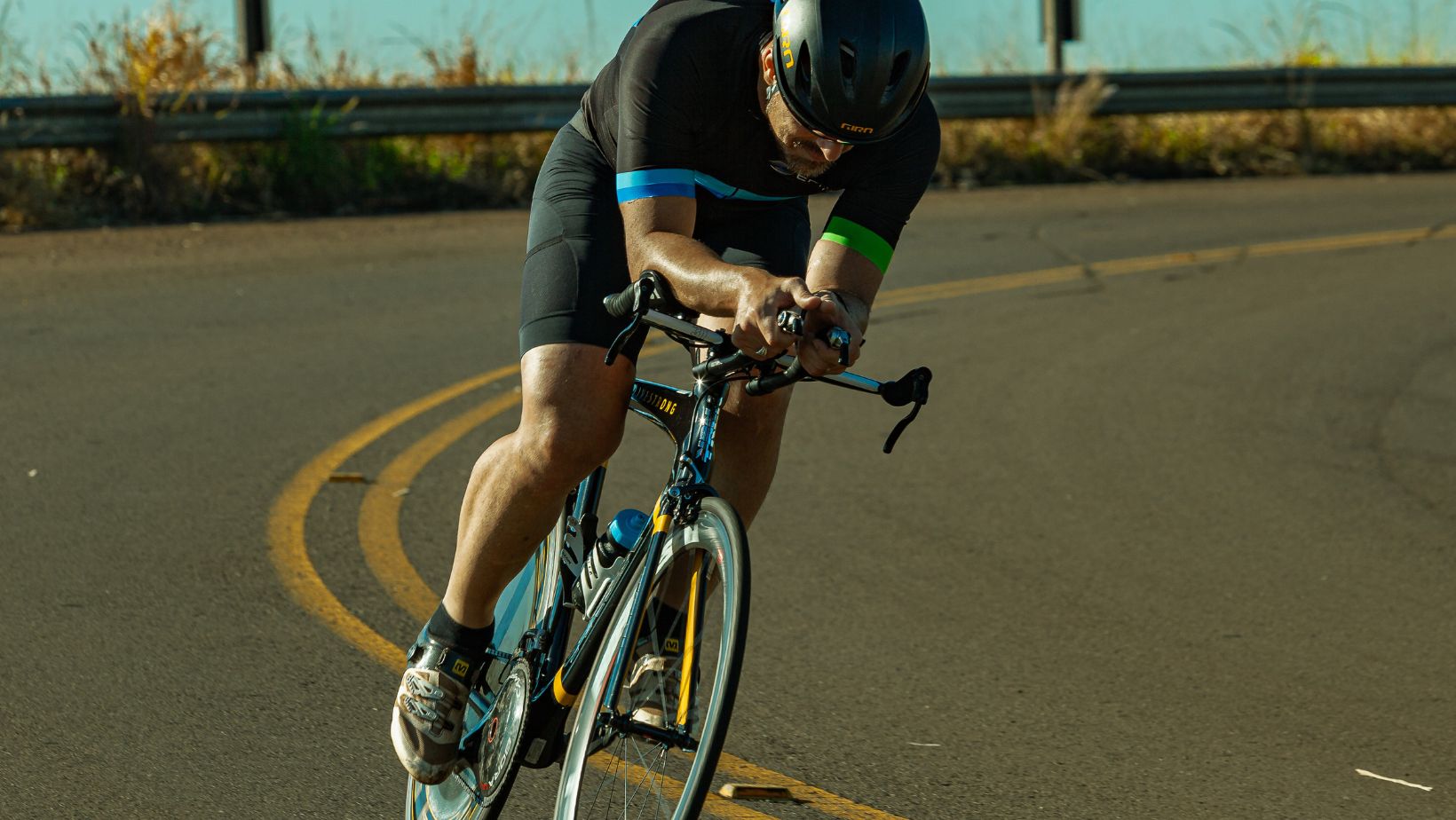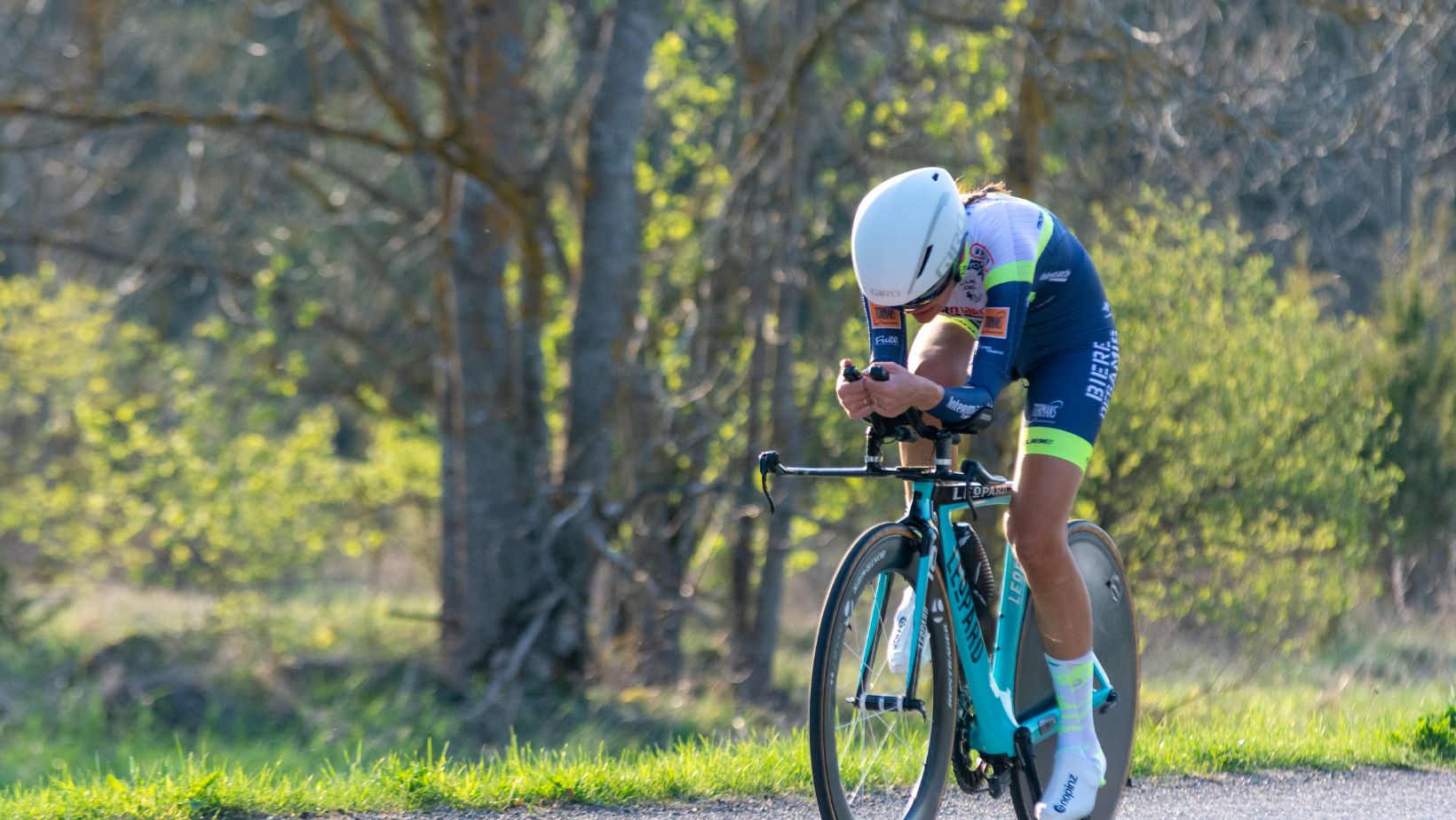Cycling on public roads can be both enjoyable and efficient. However, navigating through traffic requires careful attention to safety. By following these guidelines, you can ensure that your daily commute or leisurely ride is both enjoyable and secure. Keep reading to find out more about our useful tips and suggestions for commuting on your bike on public roads.
Plan Your Route
Before setting off, plan your route carefully. Choose roads that are well-lit and have designated bike lanes where possible. Utilizing cycling apps or local council websites can help you identify bike-friendly paths and avoid areas with heavy traffic or poor road conditions. Planning ahead saves time and reduces the risk of accidents by avoiding sudden route changes and busy intersections. If you’re cycling with others, ensure you all share the planned route and that everyone feels confident in their route. This can help avoid group members getting lost, injured, or feeling left out.
Ensure Your Bike is Roadworthy
A well-maintained bike is pivotal for safe cycling. Regularly check your bike’s condition and carry out maintenance, focusing on these key areas:
Tires: Ensure they are properly inflated and free of significant wear or damage. When they become worn or damaged, replace them as soon as possible. You can either change a bike tire yourself or take it to a store where they will not only recommend the right kind of tire and provide it but also fit it for you at an additional cost. You can watch tutorials online to help to learn more about changing bike tyres and other useful bike maintenance tips. This can be extremely useful if you have an accident or need to repair your bike when you’re on your own.
Brakes: Test your brakes regularly to ensure they are responsive and not worn out.
Lights and Reflectors: These are crucial, especially if you are riding early in the morning or late in the evening. Make sure your lights are fully functional and visible from a distance and that your bike has reflectors on both the front and rear. Lights and reflectors can make a huge difference in avoiding accidents and helping to keep you and other road users safe. Consider wearing reflective clothing as well as adding lights and reflectors onto your bike.
Gears and Chains: Keep them clean and well-lubricated to ensure smooth riding.
Taking Out Insurance: Although not a legal requirement, it can be extremely helpful to ensure your bike is covered by insurance. Taking out cover with a company such as Velosurance can help make sure you’re back on the road as quickly as possible and help reduce costs if your bike becomes damaged in a road accident or gets stolen.
Wear Appropriate Gear
Wearing the right gear is essential for your safety and can consist of various different forms of equipment:
Helmet: Always wear a helmet that meets safety standards. It should fit snugly and sit level on your head. Don’t purchase a helmet second-hand, as you won’t know if it has been damaged and if its safety features are impaired. Check out reviews for different helmets before purchasing to help you make the right choice.
High-Visibility Clothing: Wearing brightly colored or reflective clothing helps other road users see you, particularly in low light or poor weather conditions.
Gloves and Eye Protection: Gloves can improve grip and protect your hands in a fall, while glasses or goggles will keep dust and debris from impairing your vision and leading to a serious accident and injuries.
Understand and Follow the Rules of the Road
Familiarise yourself with the Highway Code and adhere to it diligently. Key points include:
Signal Clearly: Always signal your intentions to turn or stop so that drivers and other cyclists can anticipate your actions. Do your research before commuting on the roads to learn the right-hand signals you need to use and what they mean. This can help avoid accidents or confusing other road users while on your bike.
Position Yourself Wisely:
- Ride where you can be seen easily and have a good view of the road ahead.
- Avoid riding in the blind spots of vehicles, particularly large trucks and buses.
- When traveling past horses on the road, slow down, avoid sudden movements or noises, and give them plenty of space in case they spook or kick out.
Stay Alert:
- Always be aware of your surroundings.
- Look out for hazards like potholes, slippery surfaces, and opening car doors.
- Consider that just because you have seen a vehicle or pedestrian doesn’t necessarily mean they have seen you.
- Practice caution when travelling around others, and try to make them aware of your presence on the road if possible.
Use Cycling Infrastructure:
Where provided, use cycle lanes and tracks. They are designed to keep you safe from the general flow of traffic. It also helps you to avoid injuring pedestrians who might be using the pavements.
Interact Considerately with Other Road Users
Respect is a two-way street. Being considerate of others helps in creating a safer road environment for everyone. Some tips include:
Be Predictable: Maintain a steady course and avoid sudden swerves or brake usage.
Keep Your Distance: Maintain a safe distance from other vehicles, particularly when stopping at traffic lights or junctions. This gives you a better chance of avoiding accidents or collisions with other vehicles by putting more distance between you and vehicles in front of or beside you.
Be Courteous: Acknowledge gestures of courtesy from other road users with a nod or a thank you. This positive interaction encourages respectful behavior and helps reduce the chance of road rage, which can be a leading cause of accidents and collisions on the road.
Handling Adverse Weather Conditions
Weather conditions can significantly impact road safety. Here’s how you can stay safe:
Rain: Wet roads can be slippery. Reduce your speed and increase your following distance. Be particularly cautious on metal surfaces such as manhole covers and railway tracks.
Wind: Strong winds can affect your balance and steering. Lean into the wind and pedal at a steady pace.
Fog: Use lights even during the day and consider wearing reflective gear to enhance visibility.
Look at weather forecasts for the time you will be using your bike on the roads, focusing on the local area where you will be traveling. This can help you better plan your journey and stay safe.
Emergency Situations
In case of an emergency, it’s important to know how to react swiftly and safely:
Accidents: If you are involved in or witness an accident, stop in a safe place. Call emergency services if necessary and wait for them to arrive.
Theft: Always secure your bike with a robust lock when unattended. Registering your bike and noting its serial number can also help recover if it is stolen.
Health Issues: Carry a basic first aid kit for minor injuries and ensure your phone is charged in case you need to call for help.
Adhering to these safety measures will make your cycling experience on public roads safer and more enjoyable. Remember, your vigilance and proactive approach to safety can significantly reduce the risks associated with road cycling.

















